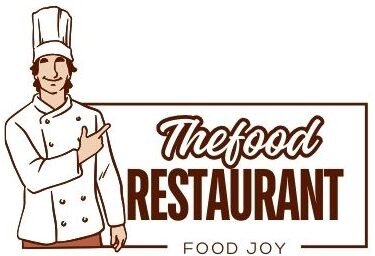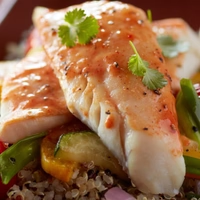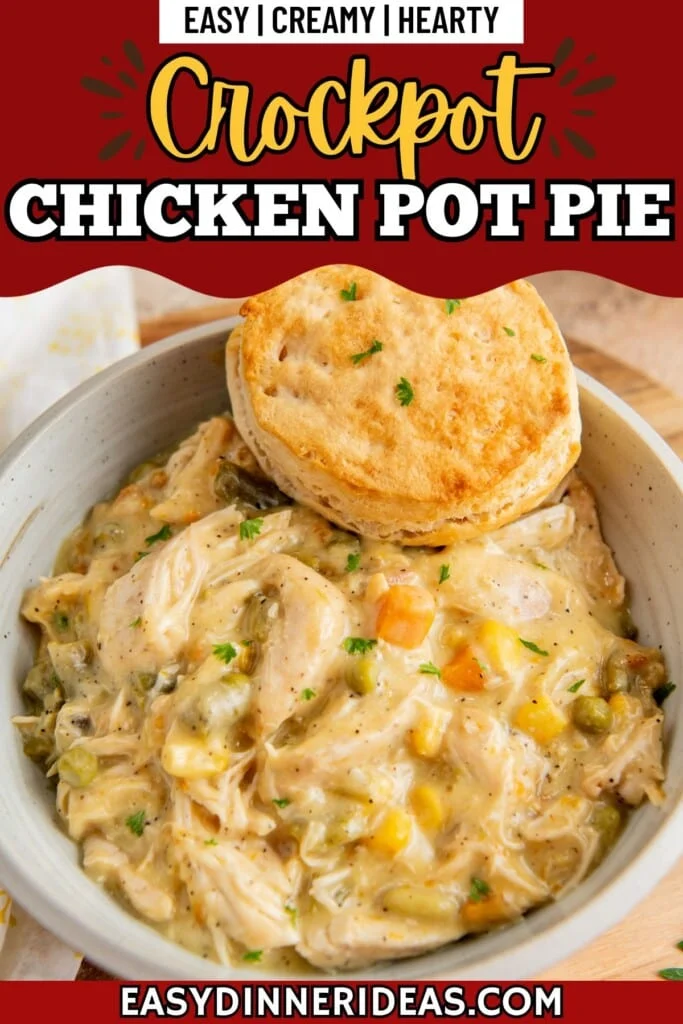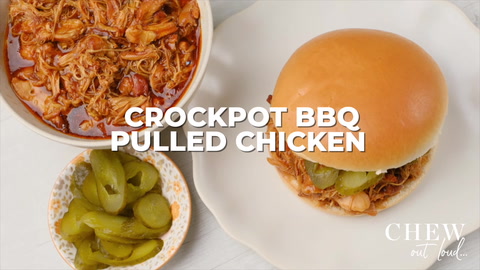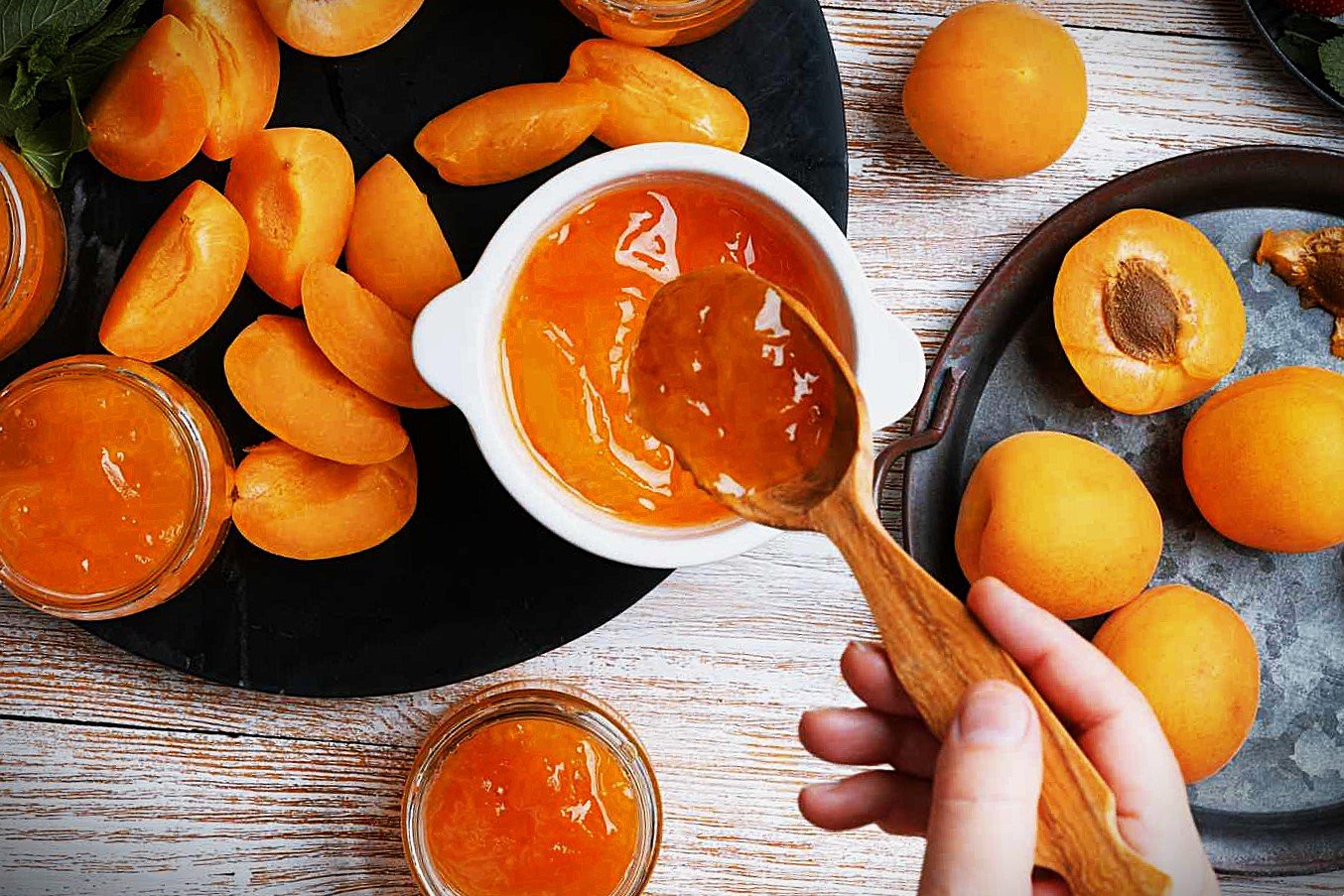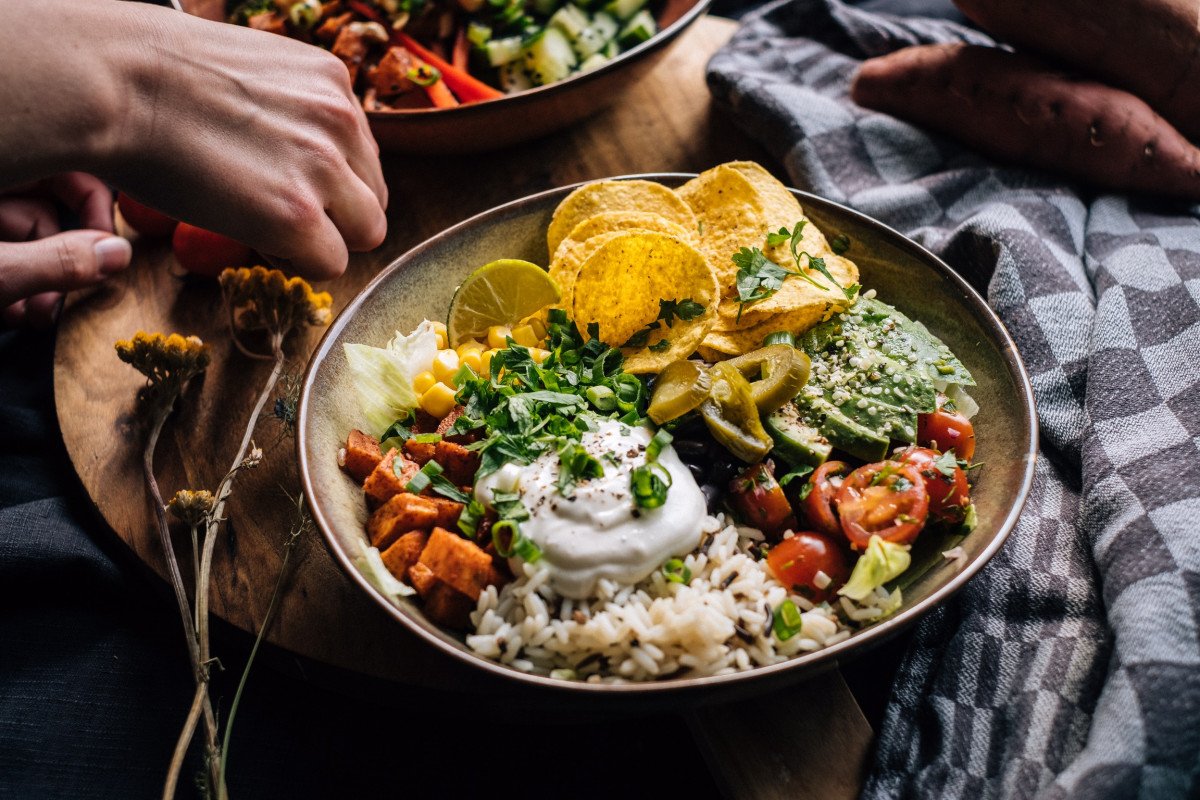Is Vegan Dairy Free? Understanding the Essentials of Vegan vs. Dairy-Free
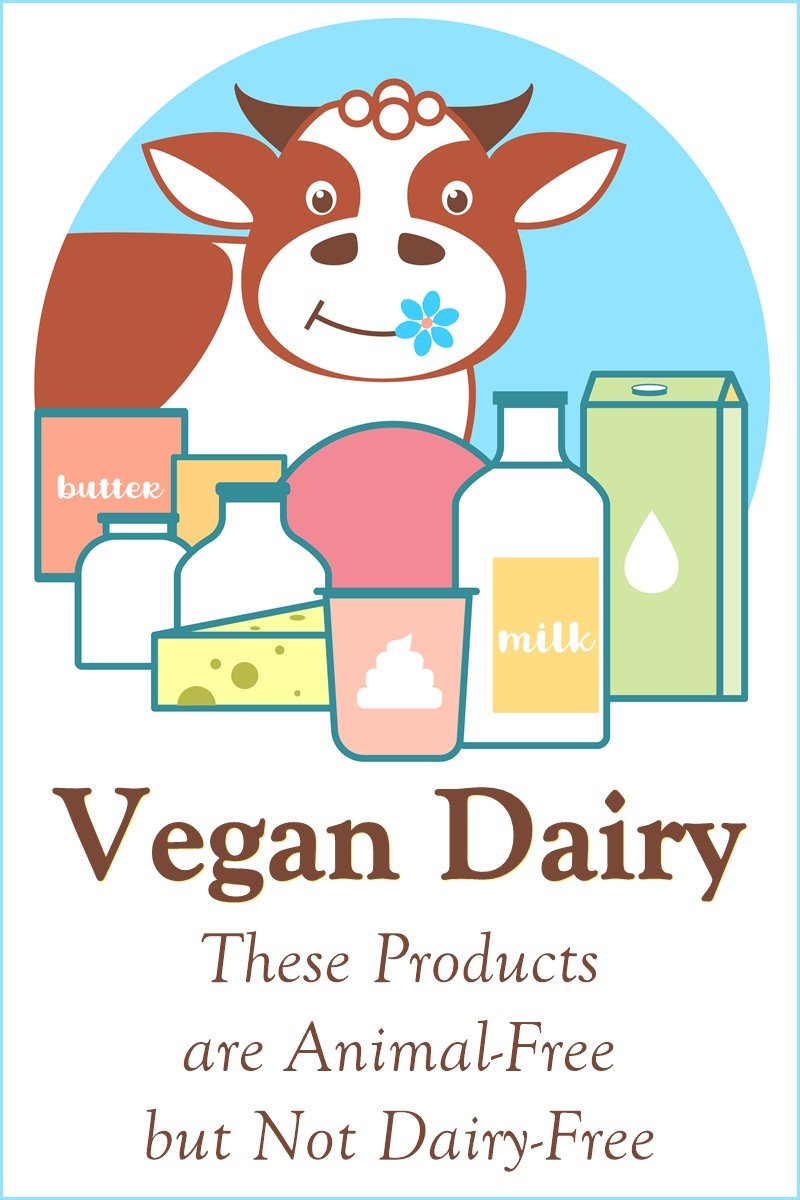
Introduction
At first glance, it might feel intuitive—vegan equals dairy-free, right? After all, veganism avoids animal-derived nourishments, counting all dairy items. But whereas all veggie lover nourishments are undoubtedly dairy-free, not each dairy-free thing qualifies as veggie lover. This distinction, though subtle, has practical implications for health, ethics, and everyday choices. In this comprehensive article, we’ll explore the definitions, real-world considerations, overlapping and diverging paths between these terms, and what they mean for you—whether you’re navigating allergies, ethical concerns, personal health, or ingredient labels.
1. Defining the Terms: Vegan vs. Dairy-Free
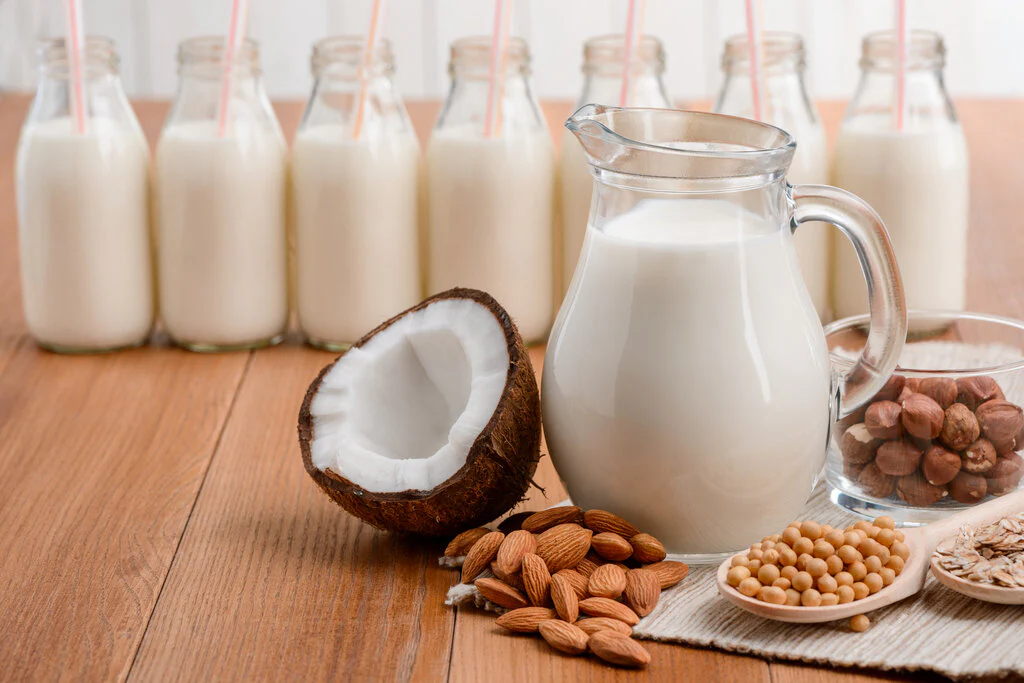
Vegan refers to a lifestyle and dietary choice that excludes the use of animal products altogether—including meat, dairy, eggs, honey, and often extends to products that involve animal exploitation like calfskin, silk, and beauty care products tried on creatures The Spruce EatsHealth.
Dairy-free, by differentiate, basically implies the nonattendance of dairy products—milk and anything determined from drain like cheese, butter, or cream. A dairy-free item may still incorporate other animal-derived fixings like eggs or angle Healthline..
Key takeaway: While vegan always implies dairy‑free, a dairy‑free product does not necessarily mean it’s vegan.
2. Why the Distinction Matters
Allergies, Intolerance & Nutrition
Numerous select a dairy-free count calories due to lactose narrow mindedness or a drain hypersensitivity. In these cases, dispensing with dairy may be adequate. Veganism, be that as it may, takes things advance by evacuating all animal-derived components—important for people with broader dietary needs or hypersensitivities to non-dairy creature items.
Ethical & Environmental Considerations
Those adopting veganism often do so for ethical or environmental reasons—rejecting animal exploitation in food, clothing, and beyond. A purely dairy-free diet may still include meat or animal-derived flavorings, not necessarily reflecting the same ethical stance The Spruce EatsHealth.
Ingredient Awareness
Products marketed as dairy-free may still contain animal derivatives like gelatin (from animal bones), whey (even trace amounts), or casein. Vegans, in contrast, avoid these explicitly—even if the item lacks traditional dairy components.
3. Shared Characteristics & Where They Diverge
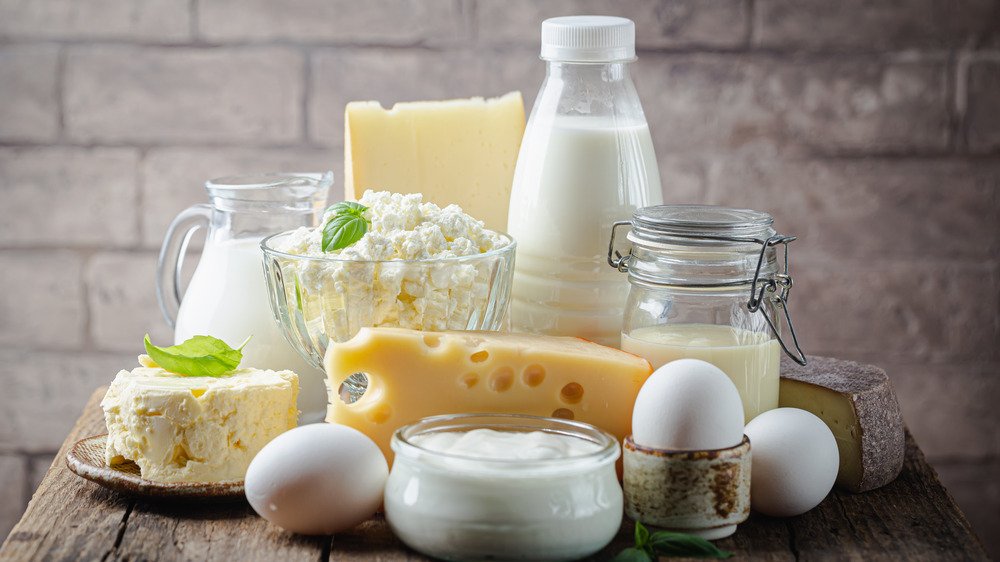
| Feature | Vegan | Dairy-Free |
| Dairy (milk, cheese) | Always excluded | Always excluded |
| Other animal products | Excluded | May include (e.g., eggs, fish) |
| Ideal for allergies | Yes, if correctly labeled | Yes, but watch cross-ingredients |
| Ethical alignment | High | Neutral, depends on choices |
Overlaps: Many staples—fruits, grains, legumes—are both vegan and dairy-free.
Divergence: Non‑dairy ingredients such as honey, shellac, or animal-derived processing aids may still appear in dairy-free products but are off-limits for vegans.
4. Navigating Labels & Certifications
To simplify shopping and lifestyle decisions, many consumers look for clear indicators:
- “Dairy-Free” labels confirm the absence of milk and derivatives.
- Vegan certifications (e.g., The Vegan Society’s sunflower trademark) ensure no animal ingredients or testing are involved Wikipedia+1.
- Cross-contamination disclaimers (“may contain milk”) may appear on both dairy-free and vegan items. Manufacturers vary in contamination thresholds for dairy presence Barry Callebaut.
When labels conflict or are missing, reading ingredient lists—especially for hidden dairy like whey, lactose, or casein—is essential.
5. Practical Scenarios
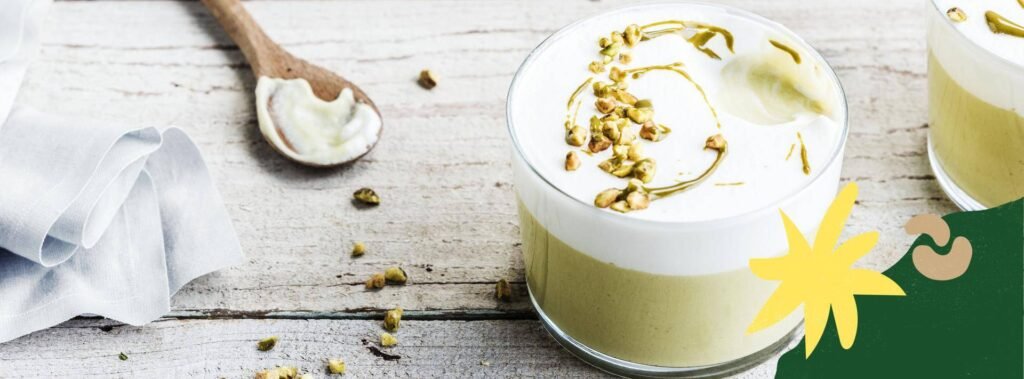
A. You Avoid Dairy (Allergy or Intolerance)
You may still consume honey, eggs, or meats unless you’re specifically following a vegan path. Make sure to read labels carefully—many “lactose-free” but dairy-containing items still carry milk proteins.
B. You Live as Vegan
Your diet and lifestyle go beyond eliminating dairy. That means verifying everything—from foods to cosmetics—is free of animal products and isn’t tested on animals.
C. Shopping for Convenience
When you need quickly identifiable choices:
- Dairy-Free: Good for immediate dietary needs (intolerance or allergy).
- Vegan: Offers added assurance—no hidden or indirect animal derivatives in products like non-dairy cheese, pastries, or gummies.
6. Vegan Dairy Alternatives: Bridging the Gap
One area where vegan and dairy-free overlap beautifully is alternatives to traditional dairy:
- Plant-based milks: Almond, oat, soy, rice, coconut, pea—vegan and dairy-free.
- Vegan cheeses: Made from nuts, soy, coconut oil, tapioca, nutritional yeast—beware of allergen or gluten content, but align with both categories Wikipedia.
- Creams, ice creams, yogurts: Many now use cashew, coconut, or oat bases—to satisfy both vegan and dairy-free requirements Healthline.
Still, check for additives like honey or gelatin in trendy boutique items—labels matter.
7. Evolving Definitions & Regulations
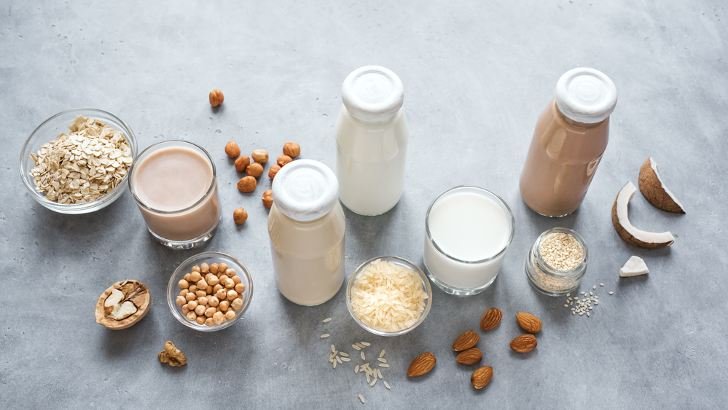
- The term “vegan” was coined in 1944 by Donald Watson to express non-dairy vegetarianism and later expanded to include all forms of animal exploitation Wikipedia+1.
- However, “vegan” remains largely unregulated legally, prompting the need for independent certification for consumer assurance.
- Dairy-free, meanwhile, is more descriptive than regulated; for example, “lactose-free” doesn’t mean dairy-free—many contain milk proteins with removed lactose Barry Callebaut.
Understanding how labels are applied and what standards they adhere to can help consumers make informed choices.
8. Final Thoughts
- Yes, vegan means dairy-free, but not all dairy-free items are vegan.
- If you’re allergic, intolerant, or have ethical commitments, knowing where each label applies allows smarter, safer choices.
- Certifications like the Vegan Trademark and careful label reading—especially for cross-contamination or hidden animal derivatives—are key.
The growing variety of plant-based products ensures a satisfying, inclusive way to live dairy-free and vegan, with no compromises on taste or ethics.
